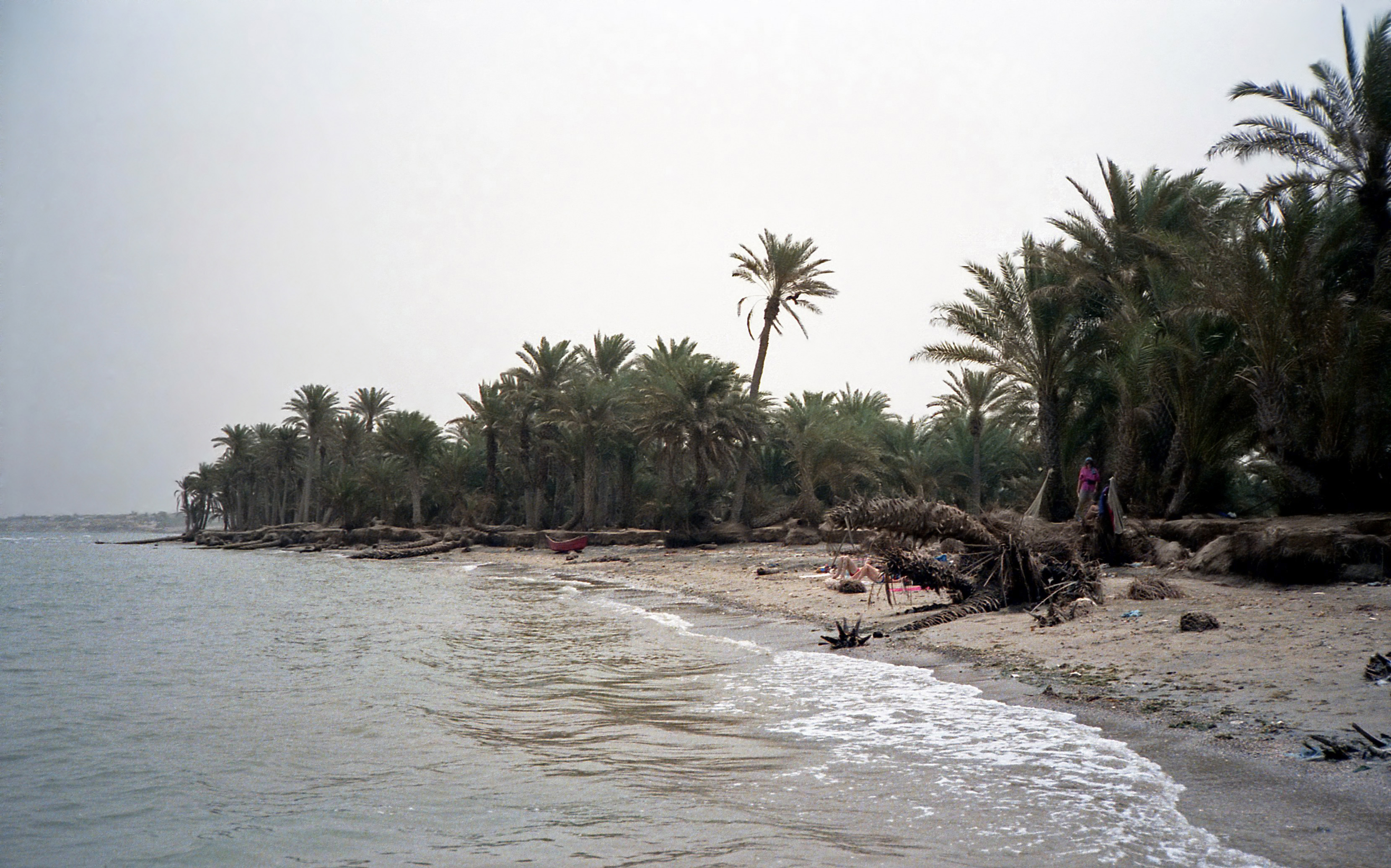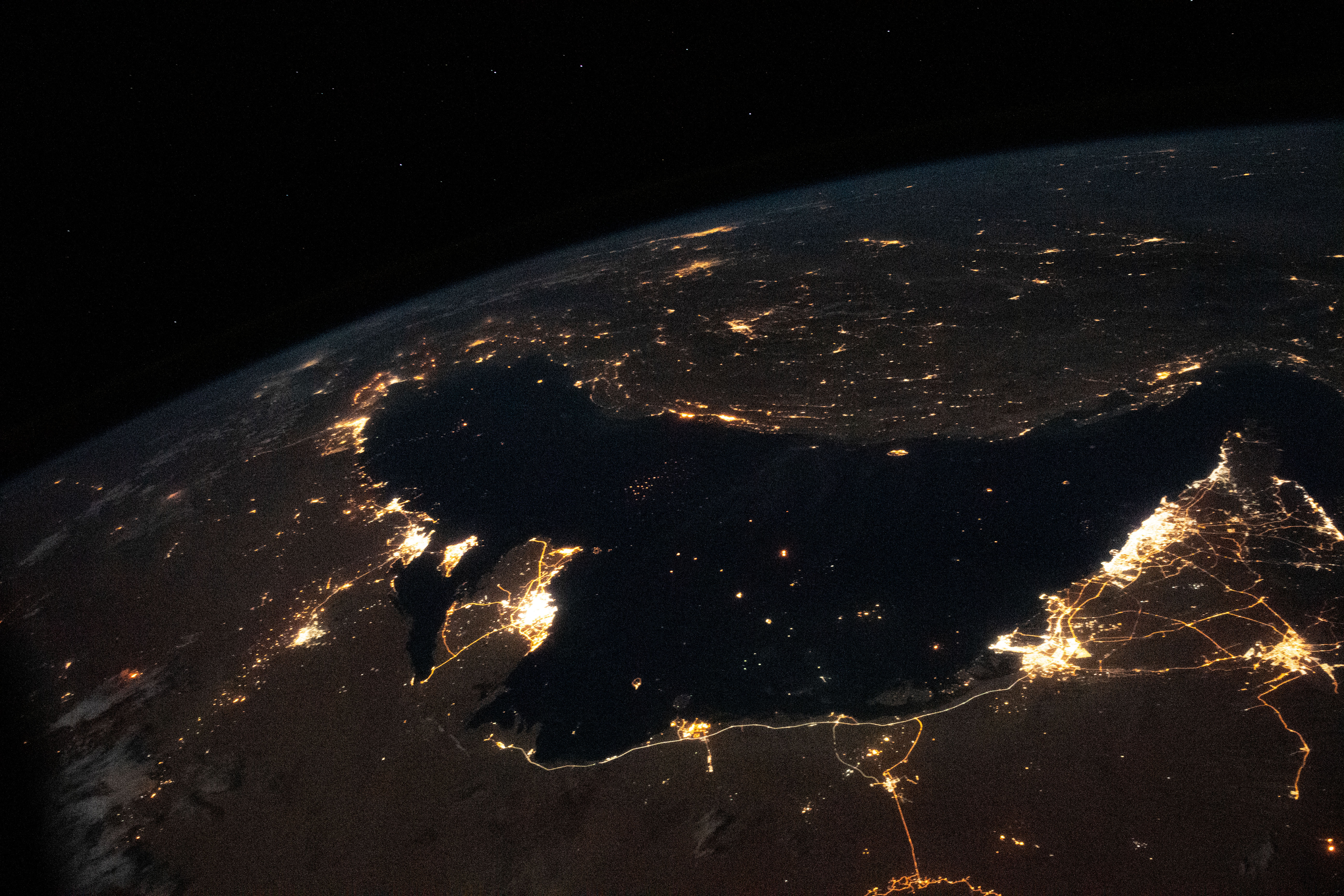|
Enneapterygius Pusillus
''Enneapterygius pusillus'', known commonly as the highcrest triplefin, is a species of triplefin blenny in the genus ''Enneapterygius''. It was described by Eduard Rüppell in 1835. It occurs in the western Indian Ocean , including the Red Sea and along the southern coast of the Arabian Peninsula as far east as Oman, off the far south eastern coast of India, the Persian Gulf, and along the coast of south eastern Africa off Mozambique and South Africa. References {{Taxonbar, from=Q2358164 Highcrest triplefin ''Enneapterygius pusillus'', known commonly as the highcrest triplefin, is a species of triplefin blenny in the genus ''Enneapterygius''. It was described by Eduard Rüppell in 1835. It occurs in the western Indian Ocean , including the Red Sea ... Fish described in 1835 ... [...More Info...] [...Related Items...] OR: [Wikipedia] [Google] [Baidu] |
Eduard Rüppell
Wilhelm Peter Eduard Simon Rüppell (20 November 1794 – 10 December 1884) was a German naturalist and explorer. Rüppell is occasionally transliterated to "Rueppell" for the English alphabet, due to german orthography. Biography Rüppell was born in Frankfurt am Main, the son of a prosperous banker, who was a partner in 'Rüppell und Harnier’s Bank'. He was originally destined to be a merchant, but after a visit to Sinai in 1817, where he met Henry Salt and the Swiss-German traveller Ludwig Burckhardt. He explored Giza and the Pyramids with Salt. In 1818, he developed an interest in natural history, and became elected member of the ''Senckenbergische Naturforschende Gesellschaf''. He attended lectures at the University of Pavia and University of Genoa in botany and zoology. Rüppell set off on his first expedition in 1821, accompanied by surgeon Michael Hey as his assistant. They travelled through the Sinai desert, and in 1822 were the first European explorers to reach the ... [...More Info...] [...Related Items...] OR: [Wikipedia] [Google] [Baidu] |
Triplefin
Threefin or triplefin blennies are blenniiforms, small percomorph marine fish of the family Tripterygiidae. Found in tropical and temperate waters of the Atlantic, Pacific and Indian Oceans, the family contains about 150 species in 30 genera. The family name derives from the Greek ''tripteros'' meaning "with three wings". With an elongated, typical blenny form, threefin blennies differ from their relatives by having a dorsal fin separated into three parts (hence the name); the first two are spinous. The small, slender pelvic fins are located underneath the throat and possess a single spine; the large anal fin may have one or two spines. The pectoral fins are greatly enlarged, and the tail fin is rounded. The New Zealand topknot, ''Notoclinus fenestratus'', is the largest species at 20 cm in total length; most other species do not exceed 6 cm. Many threefin blennies are brightly coloured, often for reasons of camouflage; these species are popular in the aquarium ... [...More Info...] [...Related Items...] OR: [Wikipedia] [Google] [Baidu] |
Enneapterygius
''Enneapterygius'' is a genus of fish in the family Tripterygiidae found in the Indian and Pacific Ocean. Species There are currently 63 recognized species in this genus: * ''Enneapterygius abeli'' ( Klausewitz, 1960) (Yellow triplefin) * ''Enneapterygius altipinnis'' E. Clark, 1980 * ''Enneapterygius atriceps'' ( O. P. Jenkins, 1903) (Hawaiian black-head triplefin) * ''Enneapterygius atrogulare'' ( Günther, 1873) (Black-throat triplefin) * ''Enneapterygius bahasa'' R. Fricke, 1997 * ''Enneapterygius cheni'' S. C. Wang, K. T. Shao & S. C. Shen, 1996 * ''Enneapterygius clarkae'' Holleman, 1982 (Barred triplefin) * ''Enneapterygius clea'' R. Fricke, 1997 (Clea's triplefin) * ''Enneapterygius destai'' E. Clark, 1980 * ''Enneapterygius elaine'' Holleman, 2005 * ''Enneapterygius elegans'' ( W. K. H. Peters, 1876) (Hourglass triplefin) * ''Enneapterygius etheostomus'' ( D. S. Jordan & Snyder, 1902) * '' Enneapterygius fasciatus'' ( M. C. W. Weber, 1909) (Banded tr ... [...More Info...] [...Related Items...] OR: [Wikipedia] [Google] [Baidu] |
Species Description
A species description is a formal description of a newly discovered species, usually in the form of a scientific paper. Its purpose is to give a clear description of a new species of organism and explain how it differs from species that have been described previously or are related. In order for species to be validly described, they need to follow guidelines established over time. Zoological naming requires adherence to the ICZN code, plants, the ICN, viruses ICTV, and so on. The species description often contains photographs or other illustrations of type material along with a note on where they are deposited. The publication in which the species is described gives the new species a formal scientific name. Some 1.9 million species have been identified and described, out of some 8.7 million that may actually exist. Millions more have become extinct throughout the existence of life on Earth. Naming process A name of a new species becomes valid (available in zo ... [...More Info...] [...Related Items...] OR: [Wikipedia] [Google] [Baidu] |
Red Sea
The Red Sea ( ar, البحر الأحمر - بحر القلزم, translit=Modern: al-Baḥr al-ʾAḥmar, Medieval: Baḥr al-Qulzum; or ; Coptic: ⲫⲓⲟⲙ ⲛ̀ϩⲁϩ ''Phiom Enhah'' or ⲫⲓⲟⲙ ⲛ̀ϣⲁⲣⲓ ''Phiom ǹšari''; Tigrinya: ቀይሕ ባሕሪ ''Qeyih Bahri''; ) is a seawater inlet of the Indian Ocean, lying between Africa and Asia. Its connection to the ocean is in the south, through the Bab el Mandeb strait and the Gulf of Aden. To its north lie the Sinai Peninsula, the Gulf of Aqaba, and the Gulf of Suez (leading to the Suez Canal). It is underlain by the Red Sea Rift, which is part of the Great Rift Valley. The Red Sea has a surface area of roughly 438,000 km2 (169,100 mi2), is about 2250 km (1398 mi) long, and — at its widest point — 355 km (220.6 mi) wide. It has an average depth of 490 m (1,608 ft), and in the central ''Suakin Trough'' it reaches its maximum depth of . The Red Sea also ha ... [...More Info...] [...Related Items...] OR: [Wikipedia] [Google] [Baidu] |
Arabian Peninsula
The Arabian Peninsula, (; ar, شِبْهُ الْجَزِيرَةِ الْعَرَبِيَّة, , "Arabian Peninsula" or , , "Island of the Arabs") or Arabia, is a peninsula of Western Asia, situated northeast of Africa on the Arabian Plate. At , the Arabian Peninsula is the largest peninsula in the world. Geographically, the Arabian Peninsula includes Bahrain, Kuwait, Oman, Qatar, Saudi Arabia, the United Arab Emirates (UAE), and Yemen, as well as the southern portions of Iraq and Jordan. The largest of these is Saudi Arabia. In the classical era, the southern portions of modern-day Syria, Jordan, and the Sinai Peninsula were also considered parts of Arabia (see Arabia Petraea). The Arabian Peninsula formed as a result of the rifting of the Red Sea between 56 and 23 million years ago, and is bordered by the Red Sea to the west and southwest, the Persian Gulf and the Gulf of Oman to the northeast, the Levant and Mesopotamia to the north and the Arabian S ... [...More Info...] [...Related Items...] OR: [Wikipedia] [Google] [Baidu] |
Persian Gulf
The Persian Gulf ( fa, خلیج فارس, translit=xalij-e fârs, lit=Gulf of Fars, ), sometimes called the ( ar, اَلْخَلِيْجُ ٱلْعَرَبِيُّ, Al-Khalīj al-ˁArabī), is a mediterranean sea in Western Asia. The body of water is an extension of the Indian Ocean located between Iran and the Arabian Peninsula.United Nations Group of Experts on Geographical NameWorking Paper No. 61, 23rd Session, Vienna, 28 March – 4 April 2006. accessed October 9, 2010 It is connected to the Gulf of Oman in the east by the Strait of Hormuz. The Shatt al-Arab river delta forms the northwest shoreline. The Persian Gulf has many fishing grounds, extensive reefs (mostly rocky, but also coral), and abundant pearl oysters, however its ecology has been damaged by industrialization and oil spills. The Persian Gulf is in the Persian Gulf Basin, which is of Cenozoic origin and related to the subduction of the Arabian Plate under the Zagros Mountains. The current floo ... [...More Info...] [...Related Items...] OR: [Wikipedia] [Google] [Baidu] |


.png)
